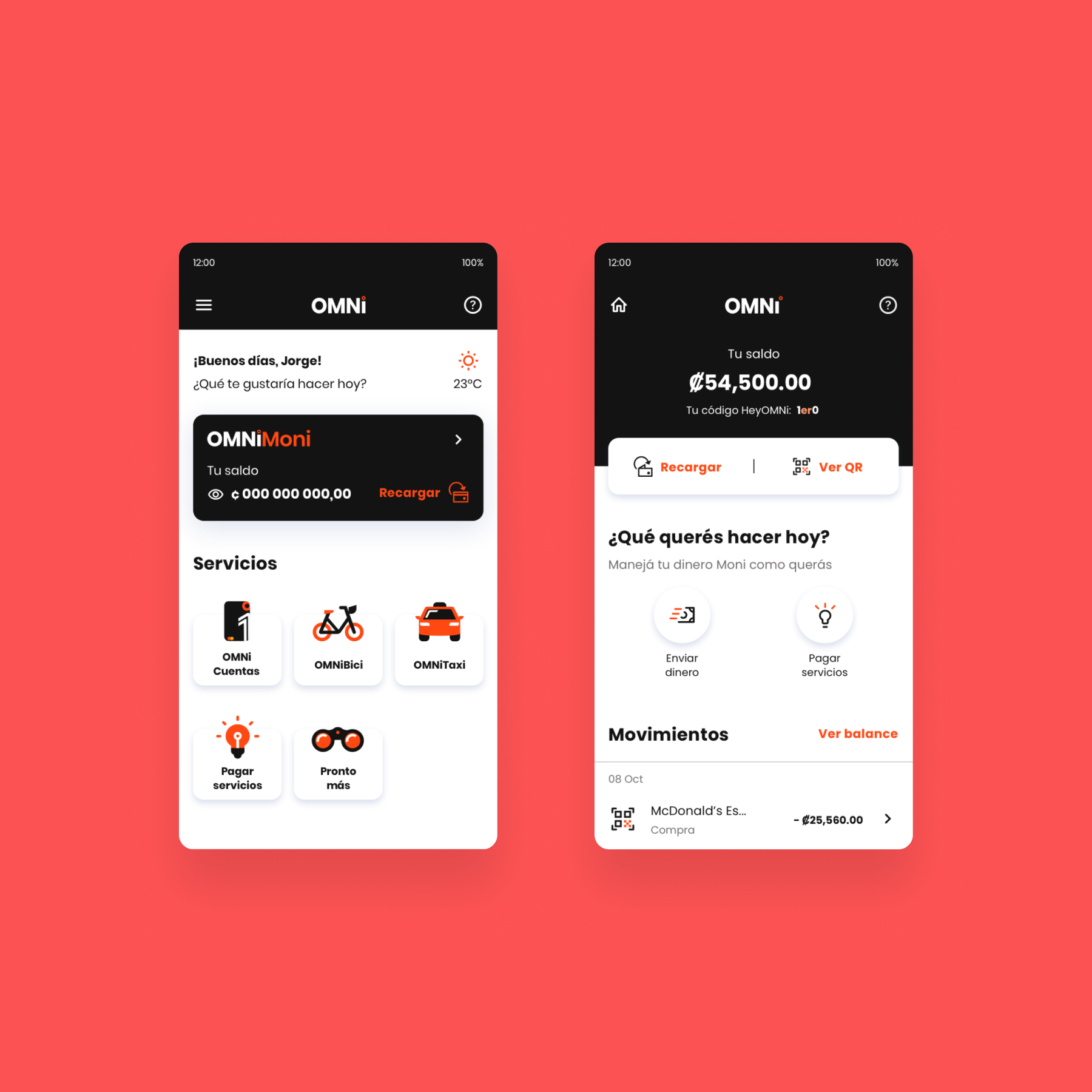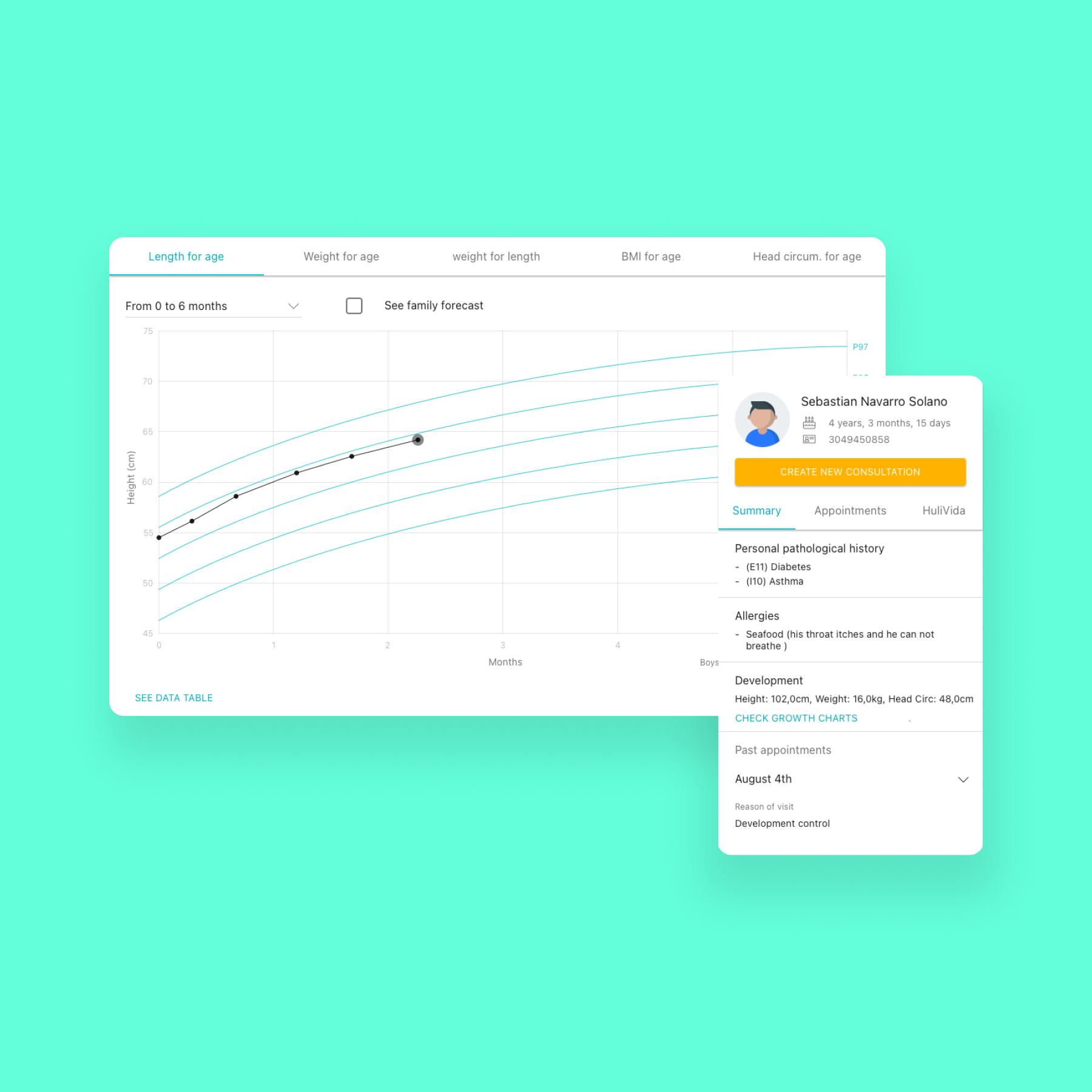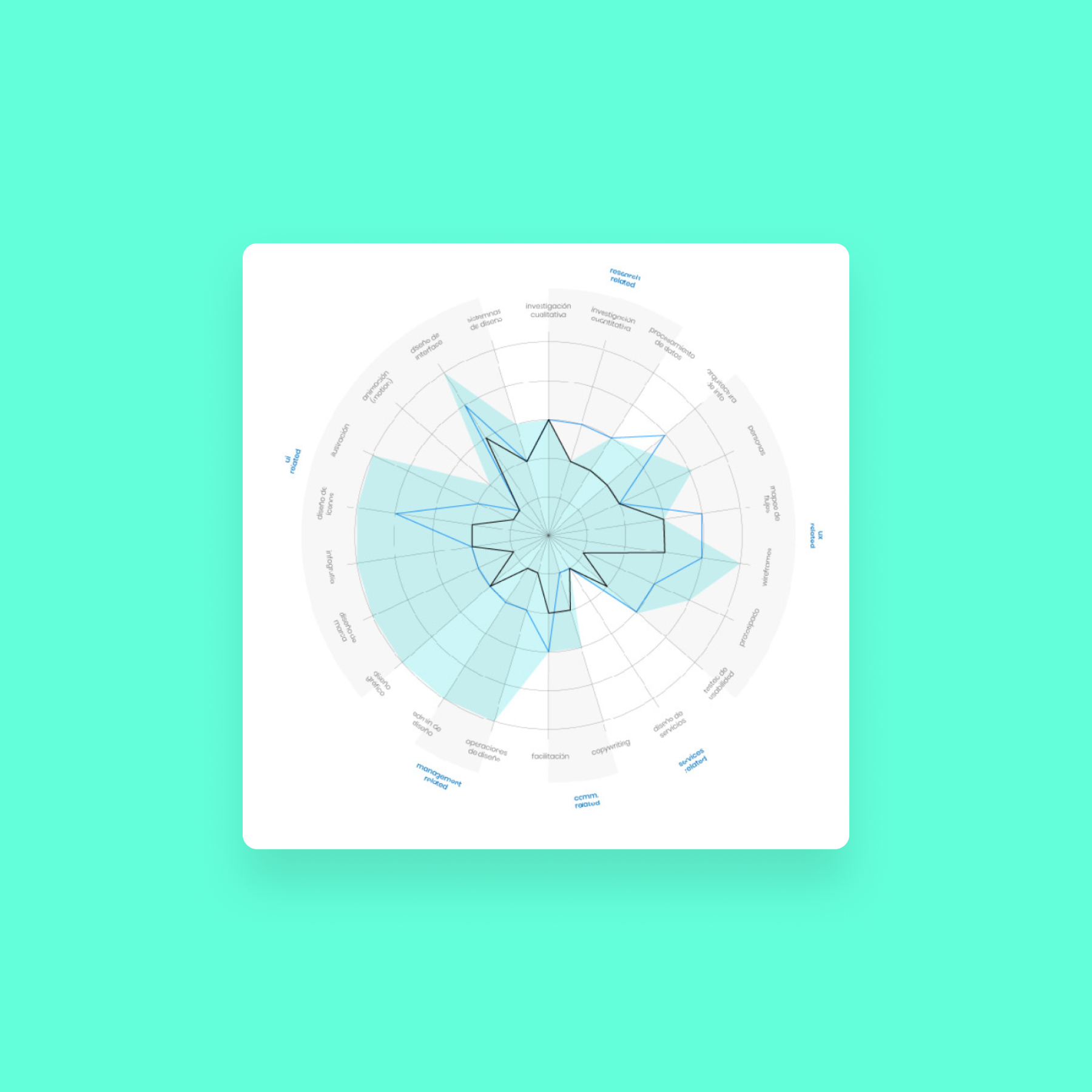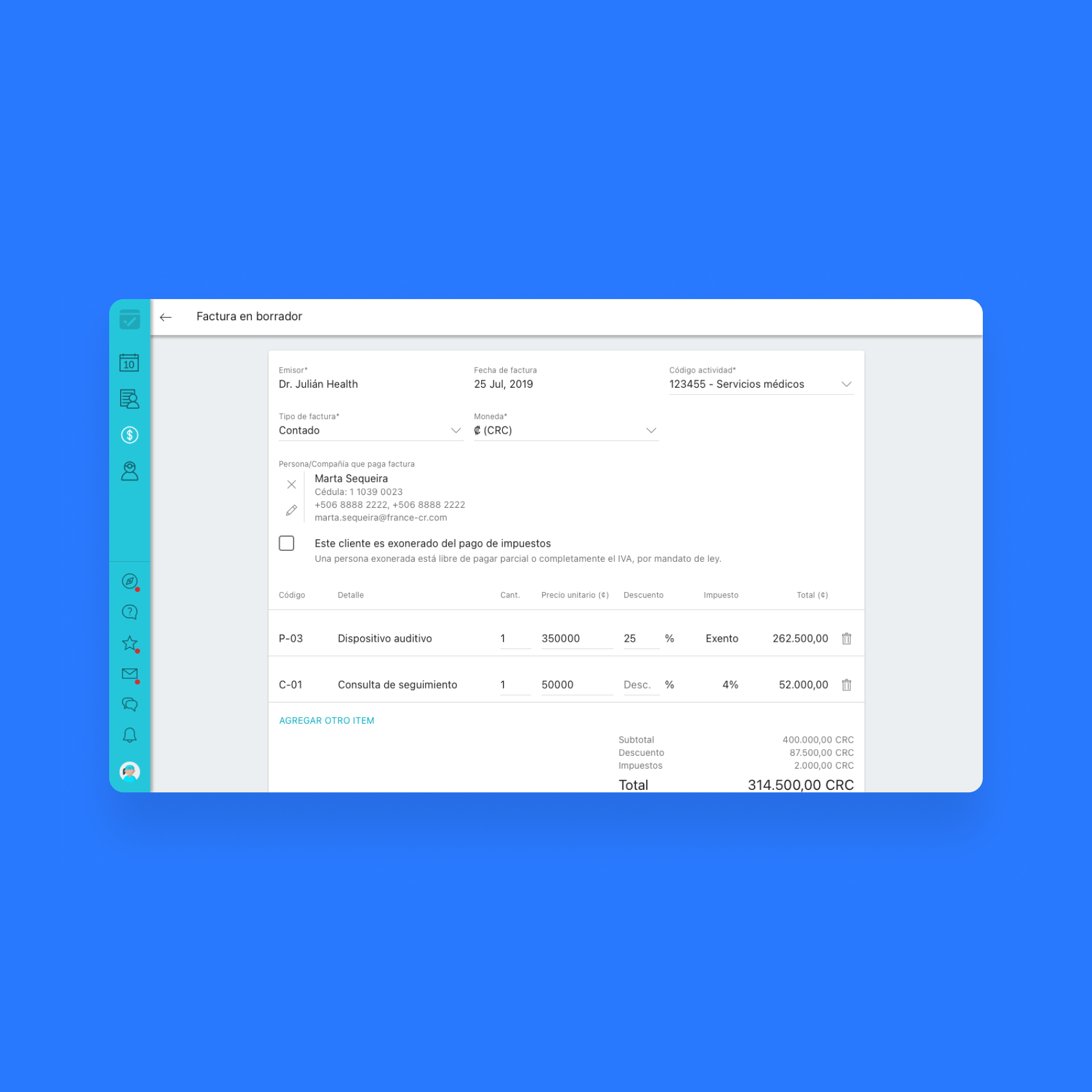This project involved building a full-featured professional network from the ground up, designed specifically for Latin American software developers seeking local community connections and remote work opportunities. With a mission to support developers in targeting their career goals through meaningful networking, the platform includes features for sharing professional profiles, posting content, joining local events, and recommending peers for their skills.
Goals
Community Growth: Creating a connected, community-driven experience to foster peer support and career growth.
Engaging Design: Ensuring the platform was engaging and highly usable, even as feature requests and priorities shifted.
Scalable UI: Designing a robust, cohesive UI that could be easily scaled and adapted by other team members as the product evolved.
My Role and Team
I played a crucial role in product strategy and team alignment. Working closely with the founders and engineers, I:
- Guided design discussions to sync product vision with business strategy.
- Aligned design tasks, created user-centered design principles, and conducted QA on new releases to ensure consistency.
- Planned ahead development tasks for sprint planning, set design priorities, and handled the technical nuances of hand-offs with the development team.
Design Strategy & Execution
Taking on both UX and UI responsibilities, I led the strategic and hands-on design efforts for every stage of the product lifecycle, ensuring each feature aligned with our mission and the startup’s fast-moving goals. This included:
Product Architecture & UX Flow Design
From onboarding and profile setup to community feed and content sharing, I mapped out each user journey to ensure a seamless experience that engaged users at every touchpoint.
UI Development for Web & Mobile
Designing a responsive web app that felt native on mobile was key. I built an adaptable interface that allowed users to connect, post, and engage effortlessly, with a focus on accessibility and modern UI standards.
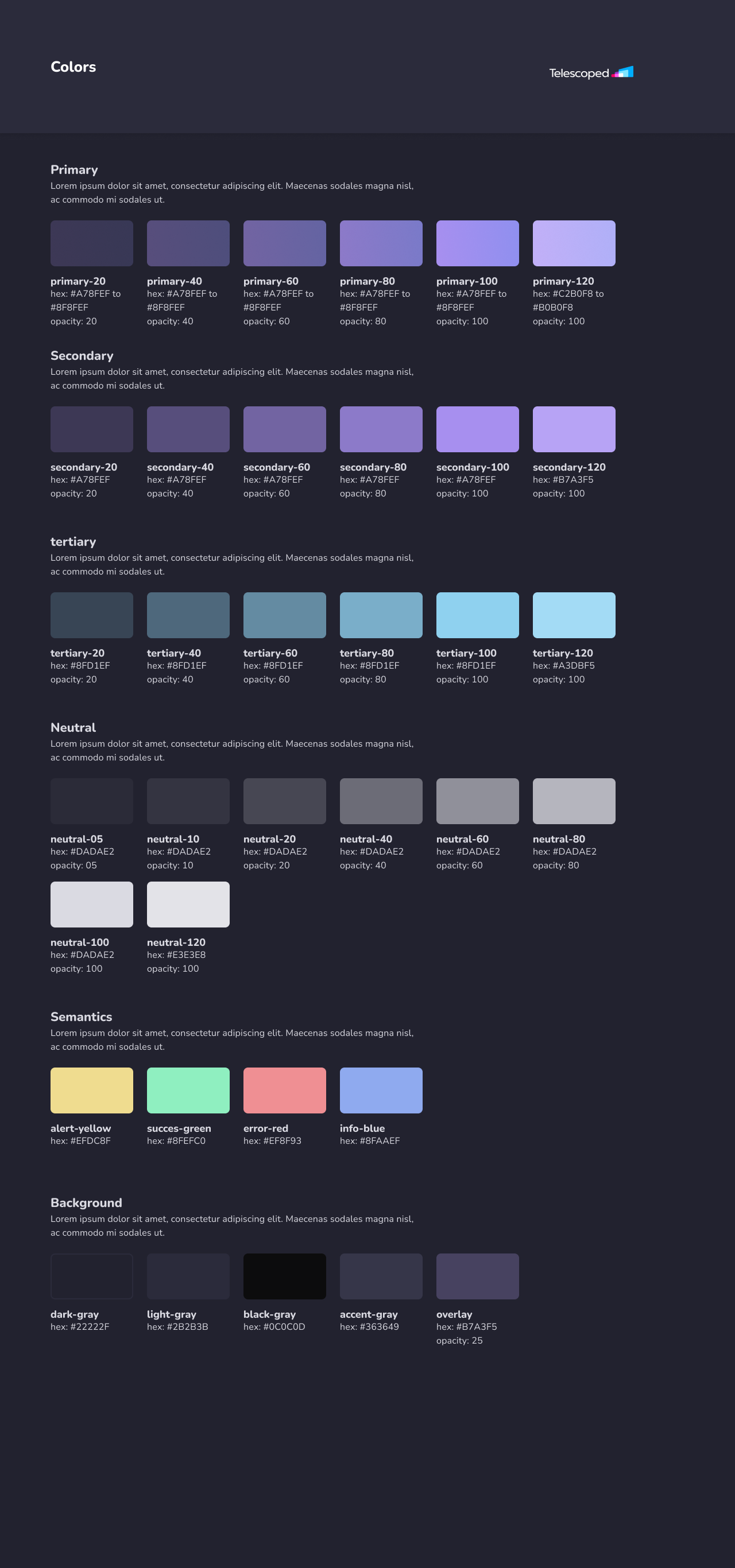
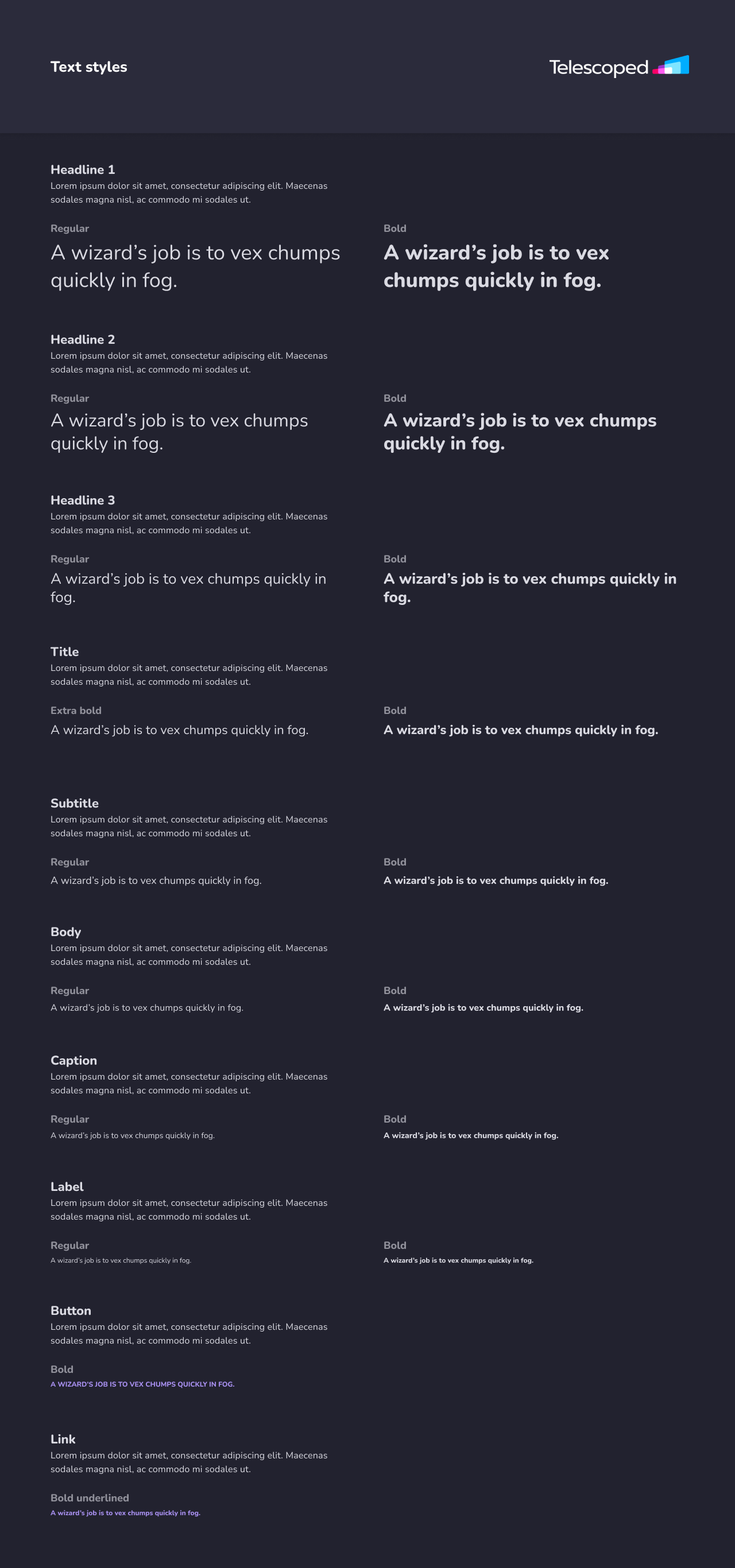
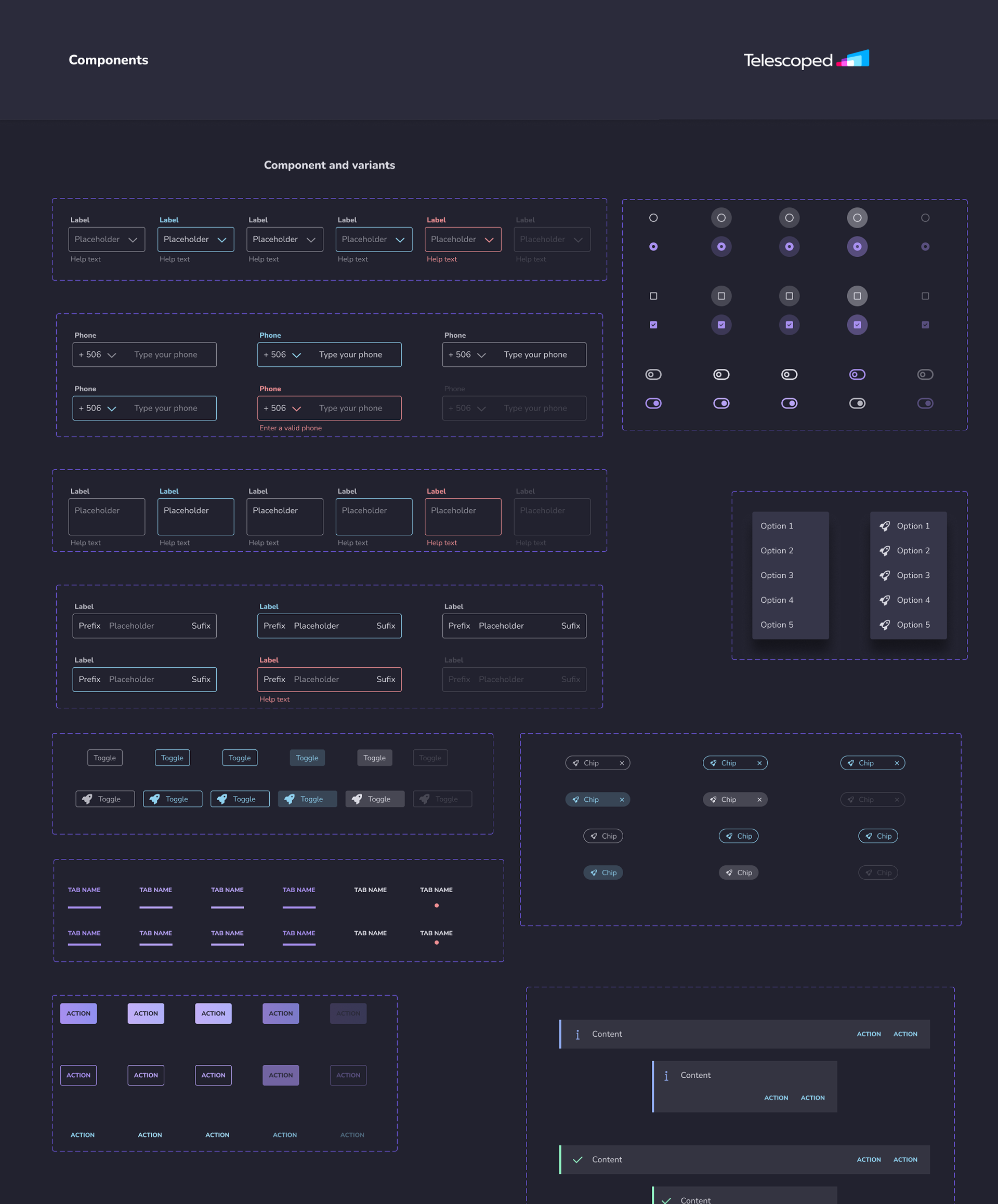
Feature Development & Iterative Prototyping
With core features like the friends page, network feed, local events, and professional profile recommendations, I continually refined prototypes, gathering iterative feedback to ensure alignment with both user expectations and business objectives.
With core features like the friends page, network feed, local events, and professional profile recommendations, I continually refined prototypes, gathering iterative feedback to ensure alignment with both user expectations and business objectives.

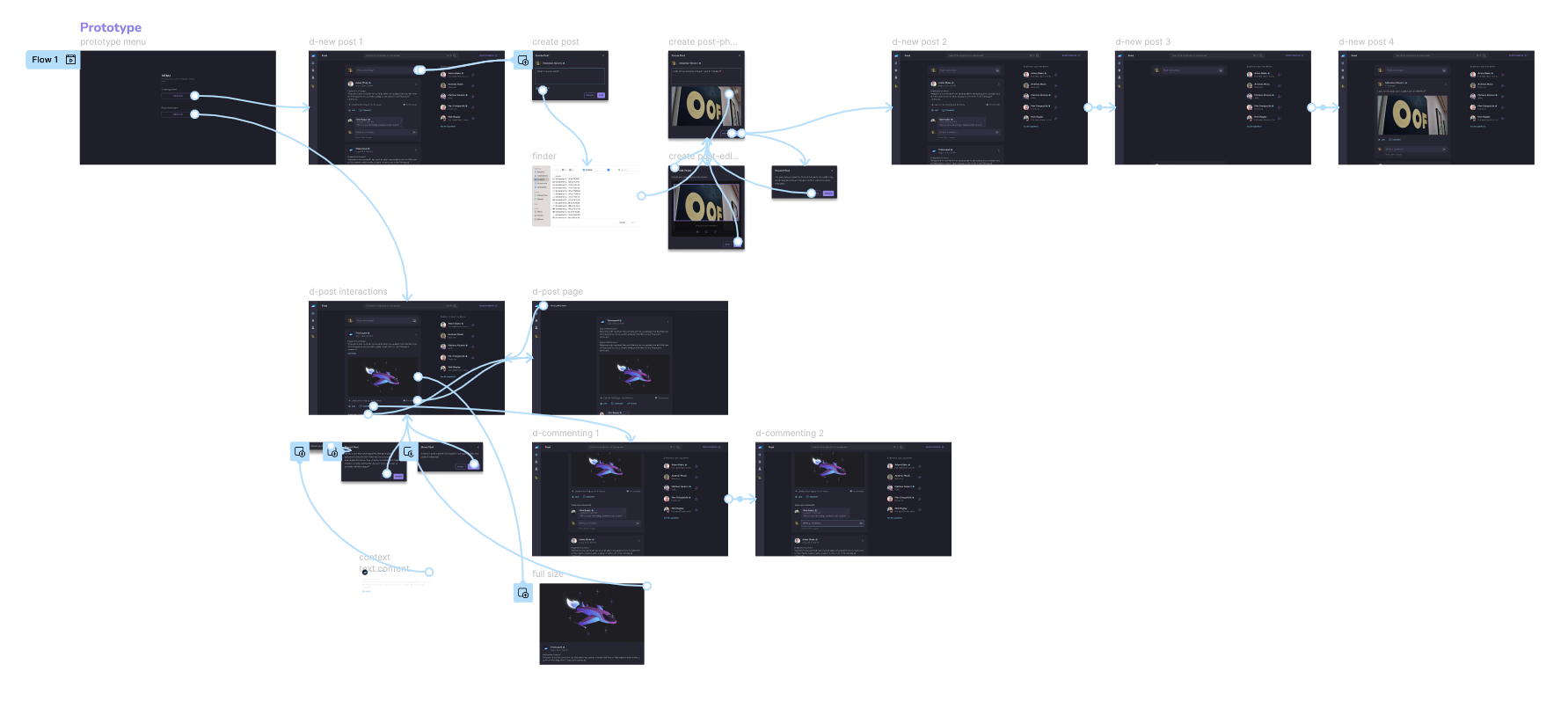
Challenges
Dynamic Scope Adjustments
Working in a small team with frequent scope changes required agile decision-making. I established MVP definitions and prioritized mission-critical features to ensure core goals were met despite fluctuating priorities.
Lean Research Opportunities
Limited time for formal research meant relying on data-driven feedback and founder insights. I tackled this by conducting quick, on-the-fly user interviews and tapping into our user base when possible to ground design decisions in real needs.
Aligning with Vision in Real-Time
Constant communication was essential to refine assumptions into actionable designs. I organized regular feedback sessions to close gaps between the founders’ vision and user requirements, ultimately creating a product that resonates with both.
Constant communication was essential to refine assumptions into actionable designs. I organized regular feedback sessions to close gaps between the founders’ vision and user requirements, ultimately creating a product that resonates with both.
Results and impact
The product has received consistently positive feedback from users, with improved engagement and community activity as engineers connect, share content, and attend events.
By managing every aspect of the product's UX and UI, I was able to deliver an engaging platform that not only meets users’ networking needs but also provides value to hiring managers seeking qualified developers in the region.
Engineer Profile Page
Community Feed Page
Connections Page
Lessons learned
Agility in Product Design
In a startup setting, design scope is constantly evolving. This experience taught me to prioritize MVPs and remain flexible without compromising on core design values.
User-Centered Strategy
Fast, informal user insights and direct data feedback helped build features that genuinely support users, underscoring the importance of grounding decisions in user needs whenever possible.
Leadership in Ambiguity
Balancing founder visions, business objectives, and user needs on a lean team highlighted the importance of clear communication and decision-making to deliver a cohesive, high-quality product
